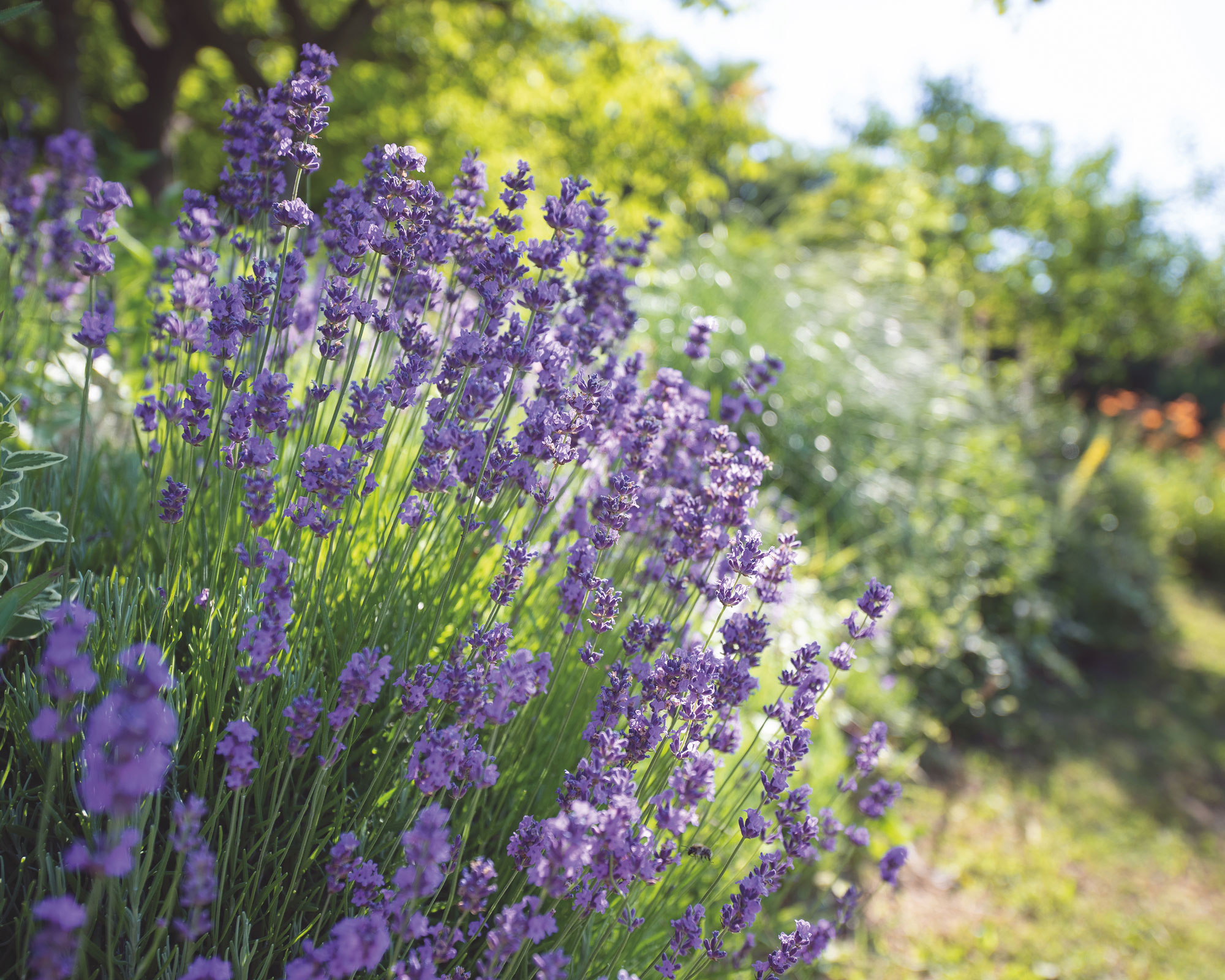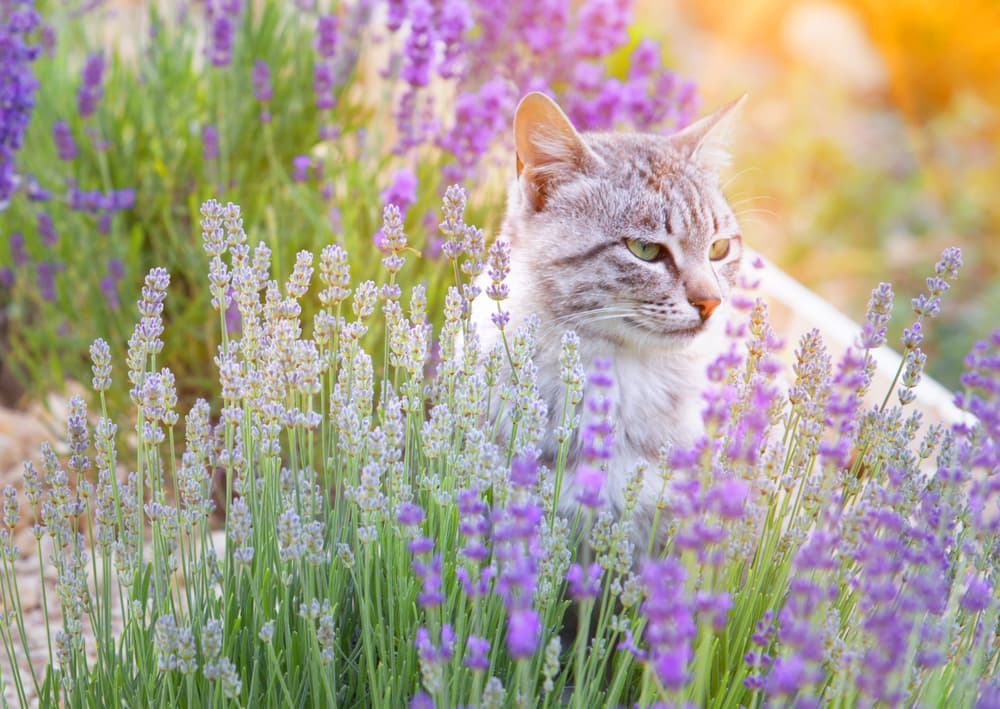Uncovering the Truth About Cats and Lavender
Lavender, a popular herb known for its calming effects and sweet fragrance, has become a staple in many homes. From potpourri to essential oils, lavender is used in various ways to promote relaxation and serenity. However, as cat owners bring this lovely plant into their homes, a pressing question arises: can cats eat lavender plants? While lavender may be safe for humans, its effects on felines are less clear. As a responsible pet owner, it’s essential to understand the potential risks and benefits of having lavender around your cat. With the increasing popularity of lavender in home decor and wellness products, it’s crucial to address the concern of cat owners who want to ensure their pets’ safety around lavender plants.
The Toxicity of Lavender to Cats
Lavender, while harmless to humans, can be toxic to cats. The essential oils and plant material of lavender contain compounds like linalool and linalyl acetate, which can cause adverse reactions in felines. If ingested, lavender can cause symptoms such as vomiting, diarrhea, and respiratory distress in cats. In severe cases, lavender poisoning can lead to more serious health issues, including seizures and even organ damage. It’s essential for cat owners to understand the risks associated with lavender and take necessary precautions to prevent accidental ingestion or exposure to lavender essential oils. Remember, while lavender may be safe for humans, it’s crucial to prioritize your cat’s safety and well-being by keeping lavender out of reach.
How to Keep Your Cat Safe Around Lavender
To ensure your cat’s safety around lavender, it’s crucial to take preventative measures. One of the most effective ways to prevent accidental ingestion is to keep lavender plants out of reach. Place them on high shelves or in rooms that your cat doesn’t frequent. If you’re using lavender essential oils, make sure to store them in a secure location and always dilute them with a carrier oil before use. Additionally, consider using alternative methods to enjoy the benefits of lavender, such as through aromatherapy or in potpourri. By taking these precautions, you can minimize the risk of lavender poisoning and keep your feline friend safe. Remember, while lavender may not be safe for cats to eat, there are ways to safely enjoy its benefits while keeping your cat safe and healthy. So, can cats eat lavender plants? The answer is no, but with caution and responsible pet ownership, you can still enjoy the benefits of lavender.
The Benefits of Lavender for Humans and Cats Alike
Lavender is renowned for its calming effects on humans, and its benefits can also be extended to cats in a safe and controlled manner. While cats cannot ingest lavender, they can still reap the rewards of its calming properties through other means. For example, pheromone diffusers or calming music specifically designed for cats can be used in conjunction with lavender to create a soothing atmosphere. Additionally, cat owners can use lavender-infused products, such as calming treats or toys, that are specifically designed for feline use. These products can help to reduce anxiety and stress in cats, promoting a sense of calm and relaxation. By exploring these alternative methods, cat owners can enjoy the benefits of lavender while keeping their feline friends safe and healthy. Remember, while can cats eat lavender plants is a definite no, there are still ways to harness the power of lavender for the benefit of both humans and cats.
Lavender Alternatives for Cat Owners
If you’re a cat owner who wants to enjoy the benefits of calming plants without putting your feline friend at risk, there are several alternatives to lavender that are safe for cats. One popular option is catnip, which is a natural herb that can stimulate your cat’s senses and promote relaxation. Another alternative is chamomile, which has a calming effect on cats and can be used in teas or as a calming aid. Valerian root is also a safe and effective option, known for its sedative properties and ability to promote relaxation in cats. By exploring these alternatives, cat owners can create a calming and soothing environment for their pets without compromising their safety. Remember, while can cats eat lavender plants is a definite no, there are plenty of other options available that can provide similar benefits without the risks.
What to Do If Your Cat Ingests Lavender
If your cat accidentally ingests lavender, it’s essential to act quickly and seek veterinary attention immediately. Lavender poisoning can cause a range of symptoms, including vomiting, diarrhea, and respiratory distress, and prompt treatment is crucial to prevent serious health complications. If you suspect your cat has ingested lavender, monitor their behavior closely and watch for signs of illness. Provide supportive care, such as plenty of fresh water and a quiet, stress-free environment, until your cat recovers. Remember, while can cats eat lavender plants is a definite no, prompt action can help minimize the risks and ensure your cat’s safety. By being aware of the potential dangers of lavender and taking steps to prevent accidental ingestion, cat owners can enjoy the benefits of this popular herb while keeping their feline friends safe and healthy.
Conclusion: Can Cats Eat Lavender Plants?
In conclusion, while lavender may be a popular and calming addition to many homes, it’s essential for cat owners to exercise caution and prioritize their pet’s safety. As we’ve discussed, can cats eat lavender plants is a definite no, and ingesting lavender can have serious health consequences for felines. However, by understanding the risks and taking steps to prevent accidental ingestion, cat owners can still enjoy the benefits of lavender while keeping their pets safe. By exploring alternative plants and herbs, such as catnip, chamomile, and valerian root, and using lavender in a safe and controlled manner, cat owners can create a calming and soothing environment for both themselves and their feline friends. Remember, responsible pet ownership and plant care are crucial to ensuring the well-being and safety of our beloved pets.
Final Thoughts: Responsible Pet Ownership and Plant Care
In conclusion, it’s essential for cat owners to prioritize their pet’s safety and well-being when it comes to lavender and other plants. By understanding the risks and taking steps to prevent accidental ingestion, cat owners can create a safe and healthy environment for their feline friends. Remember, can cats eat lavender plants is a definite no, but with responsible pet ownership and plant care, cat owners can still enjoy the benefits of lavender while keeping their pets safe. By being mindful of the potential dangers of lavender and taking proactive steps to prevent accidents, cat owners can ensure a happy and healthy relationship between their pets and plants.








